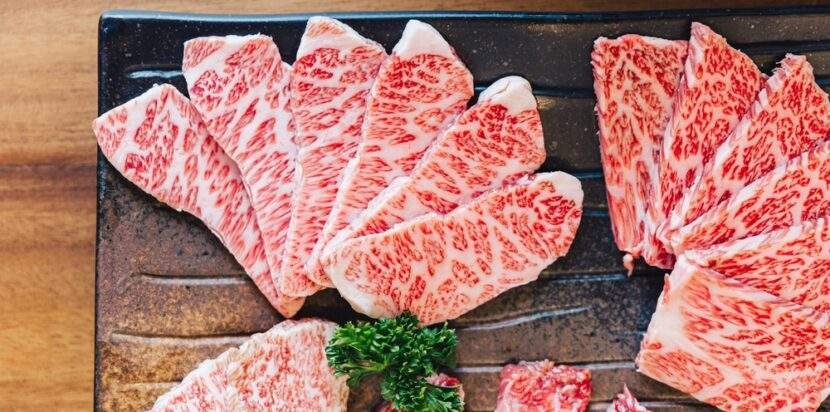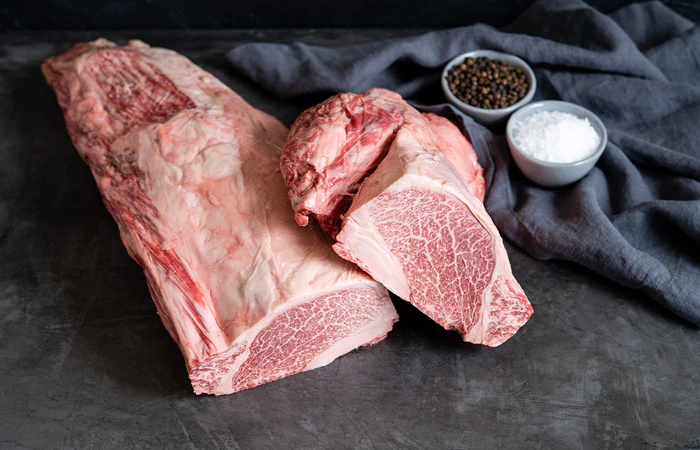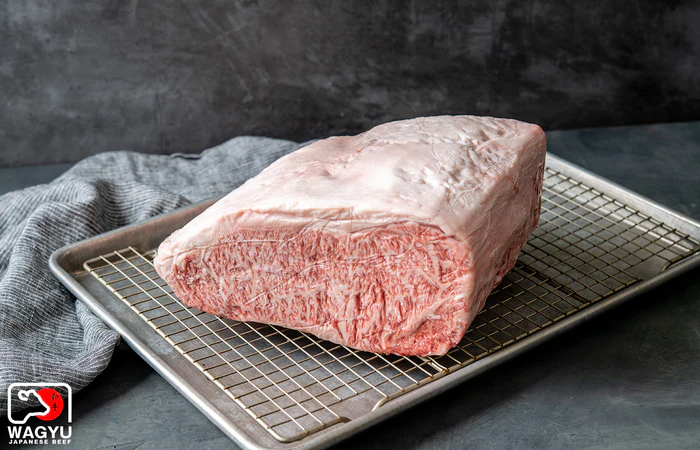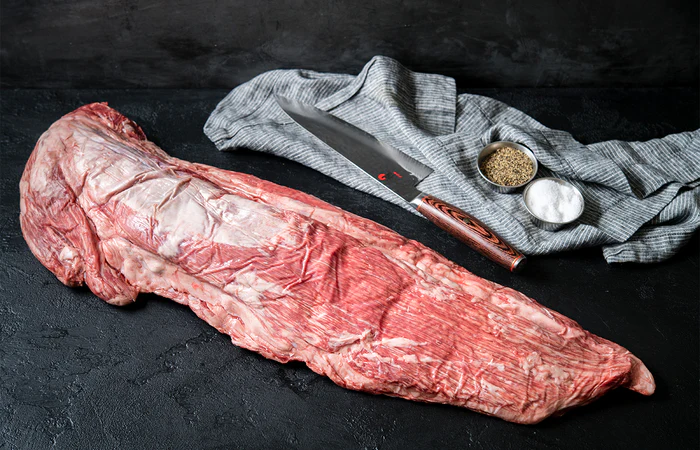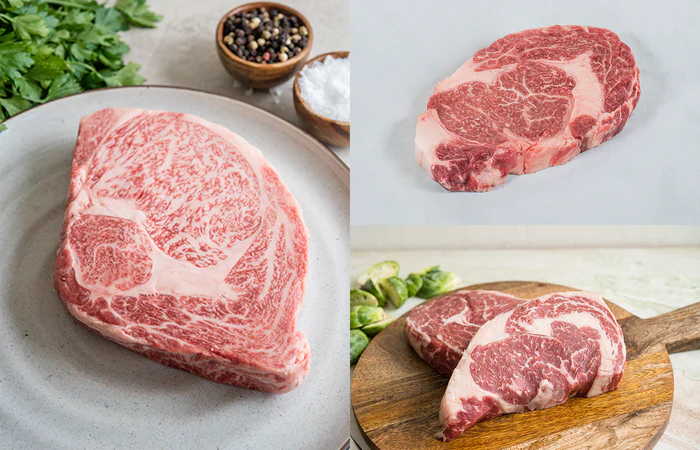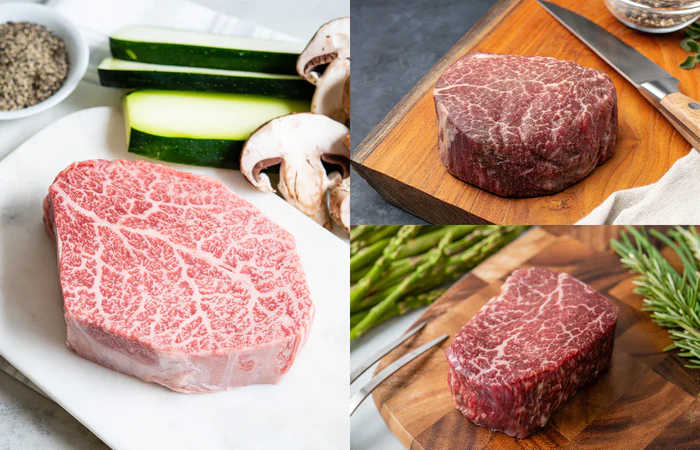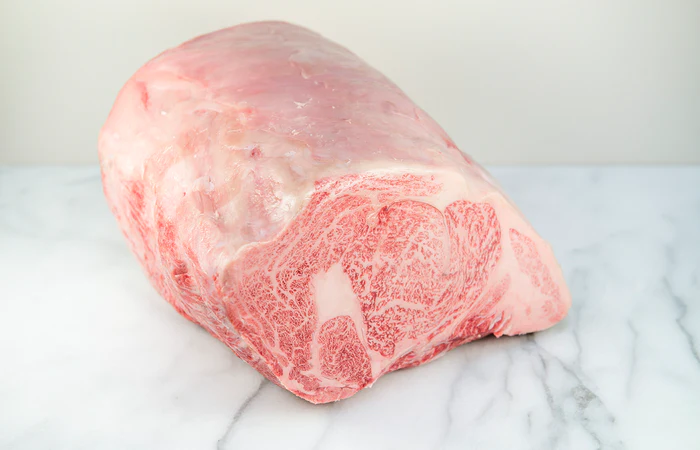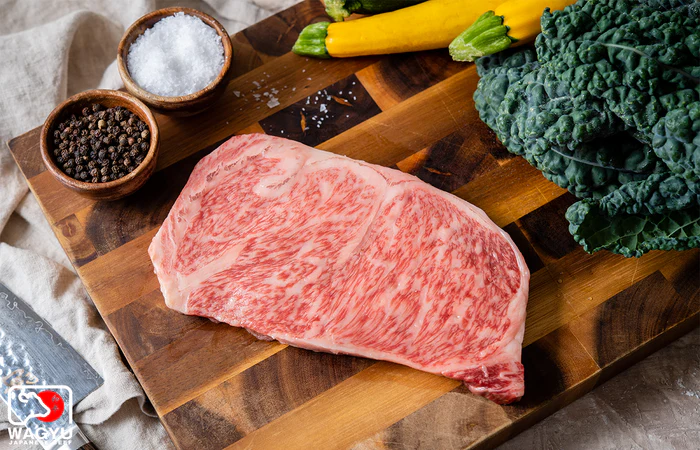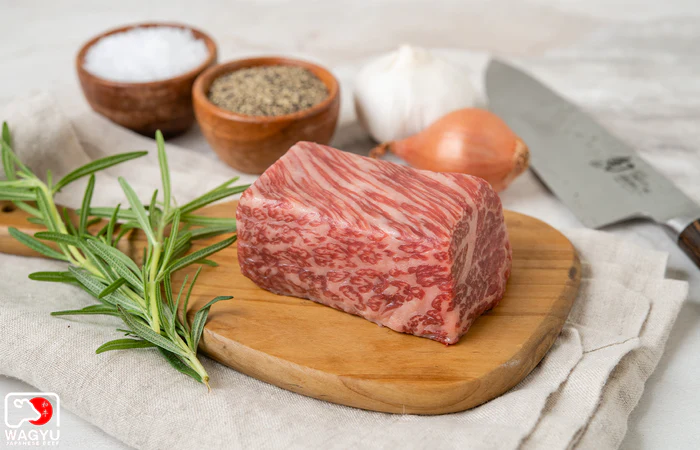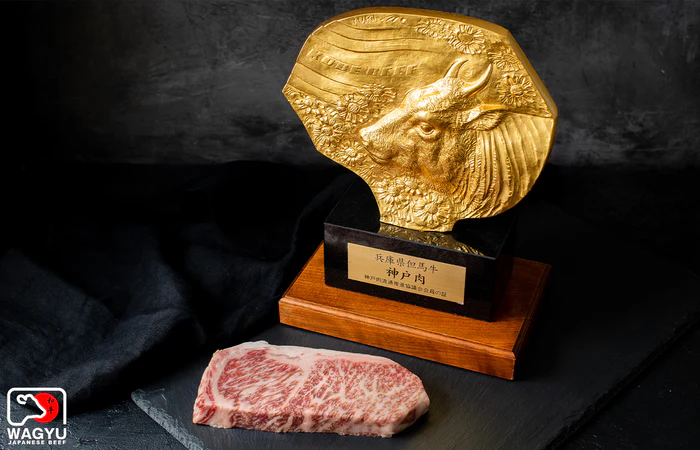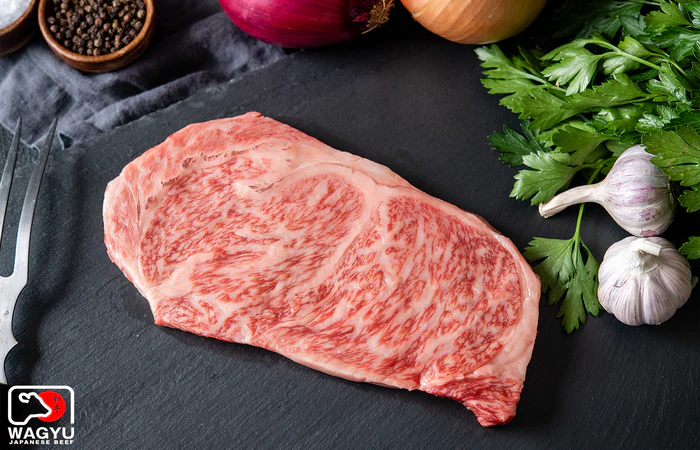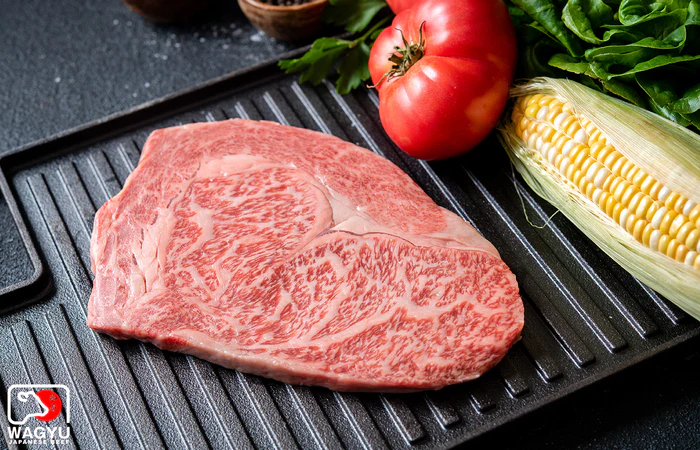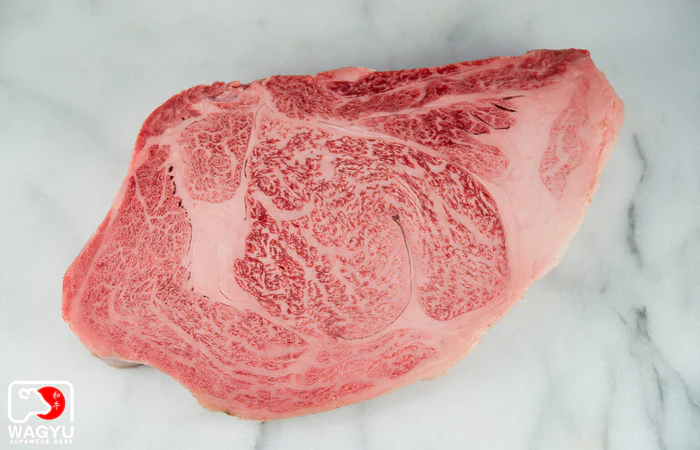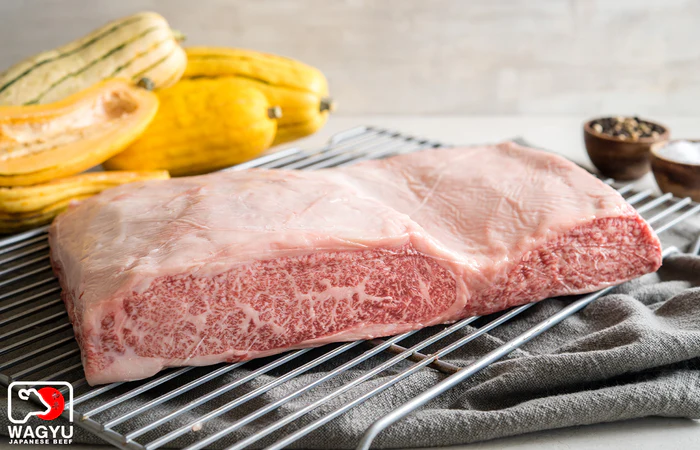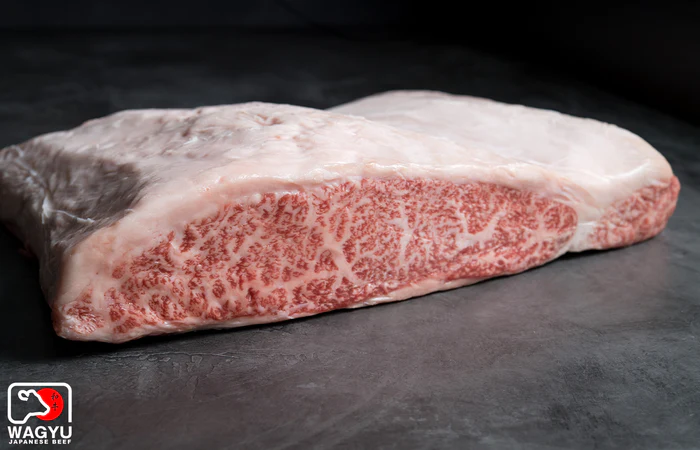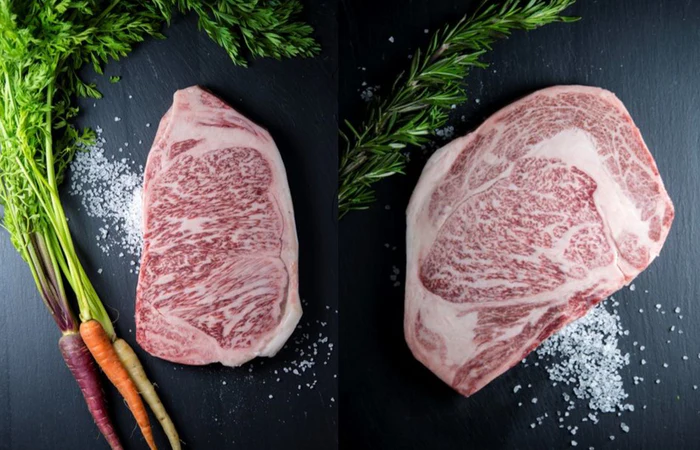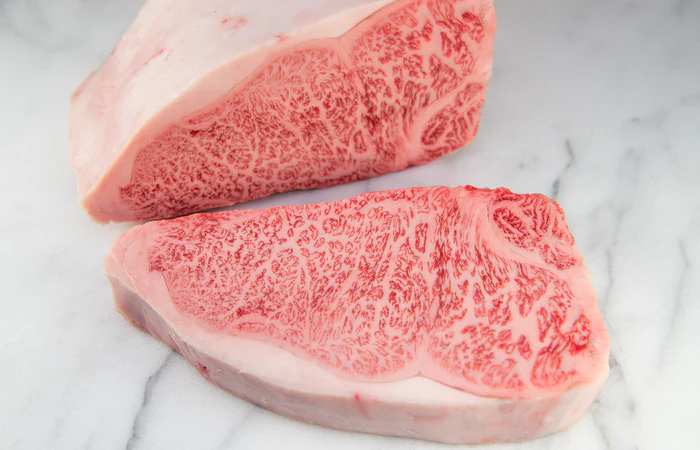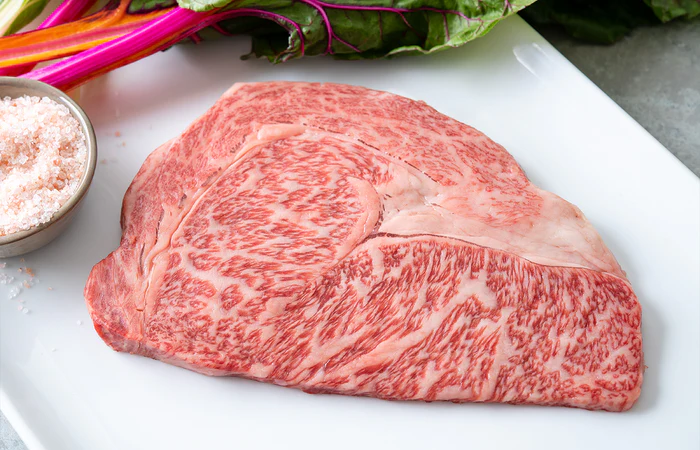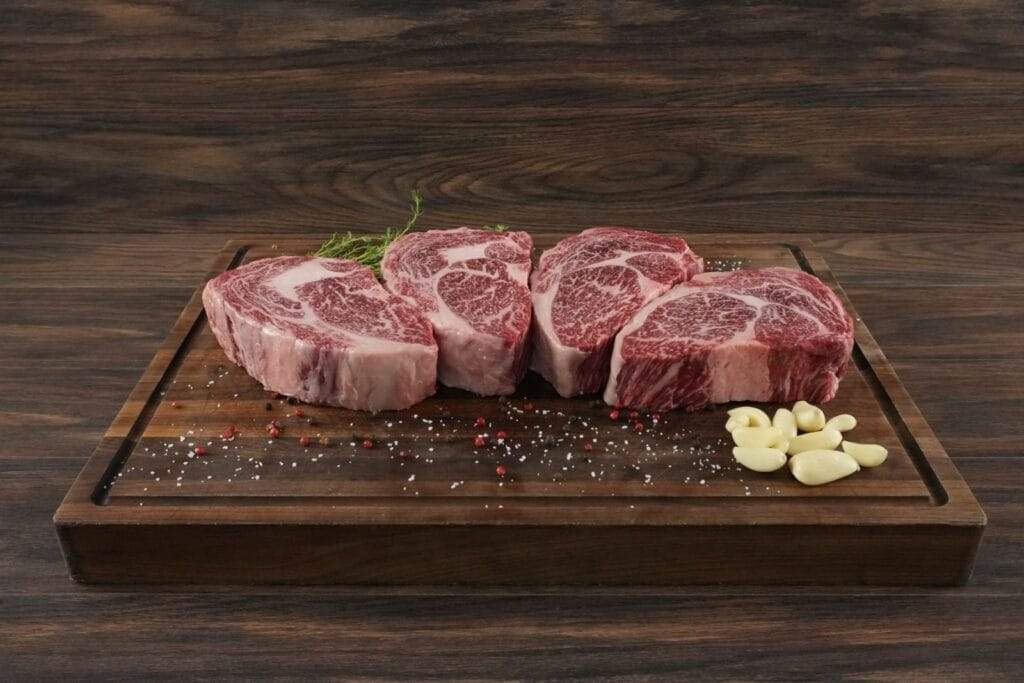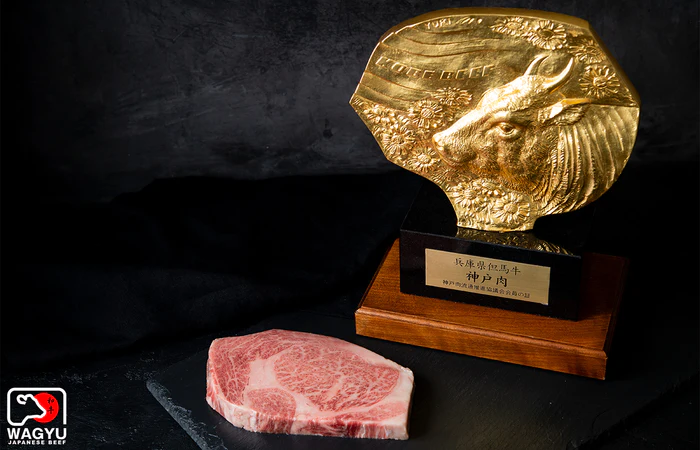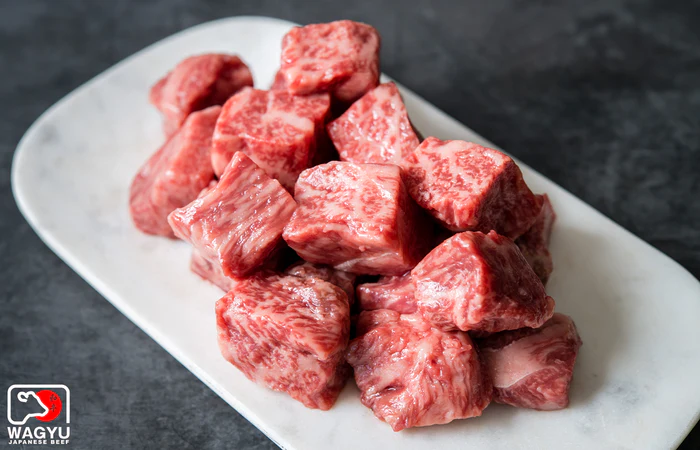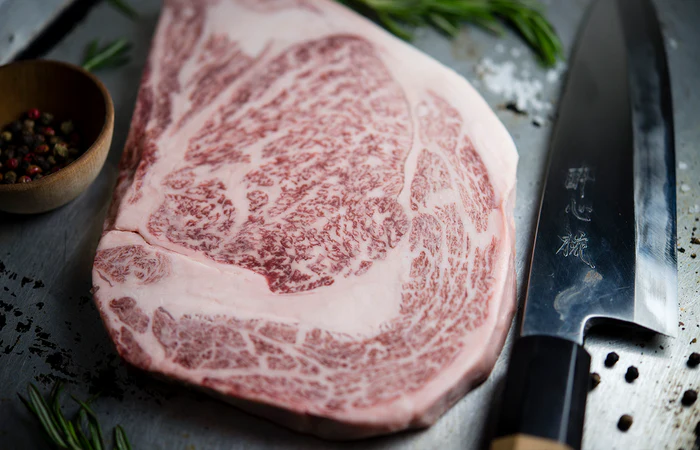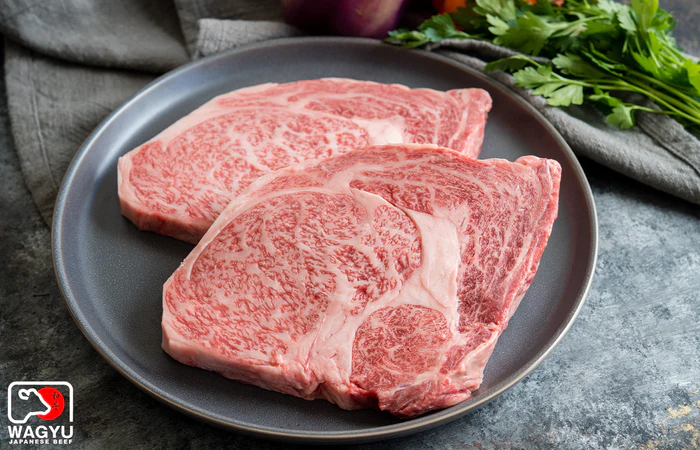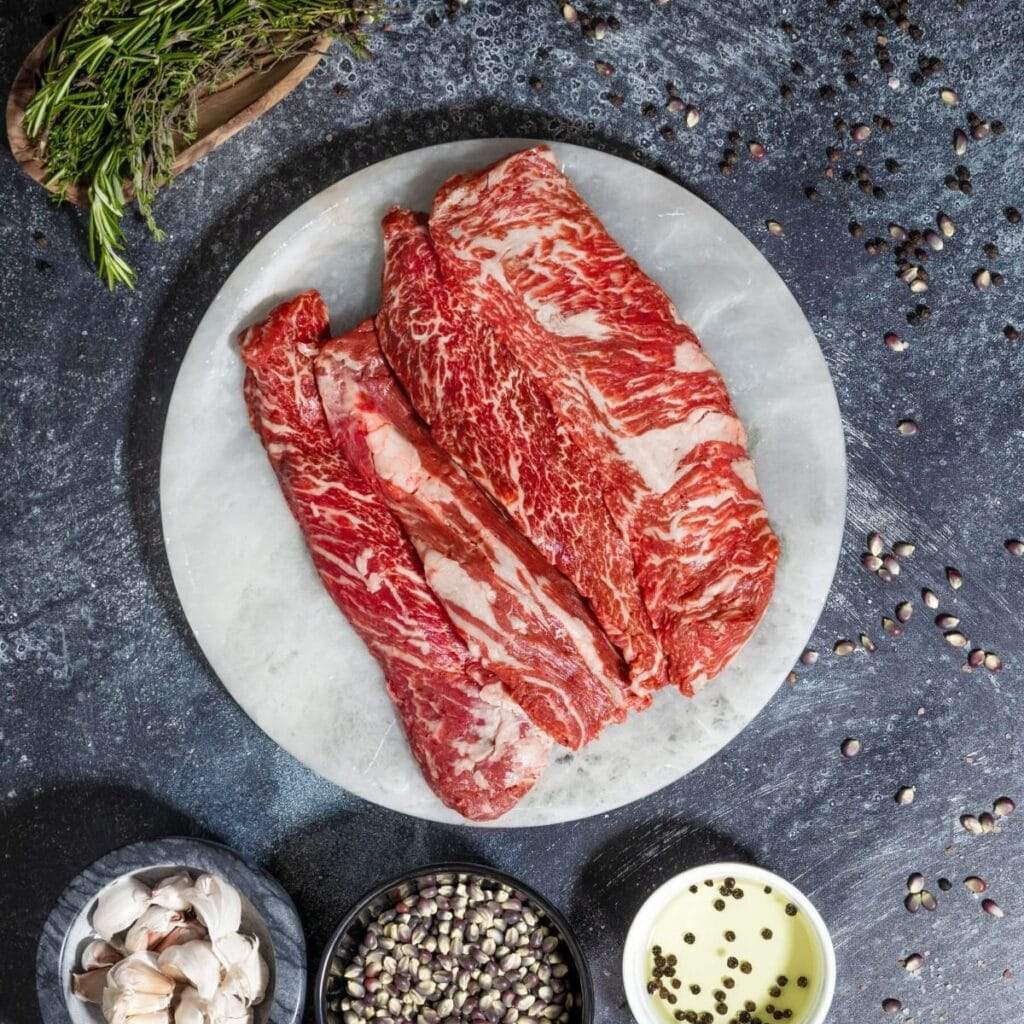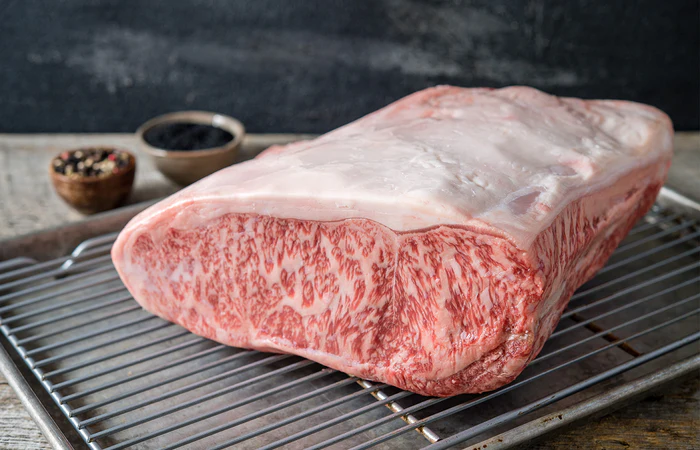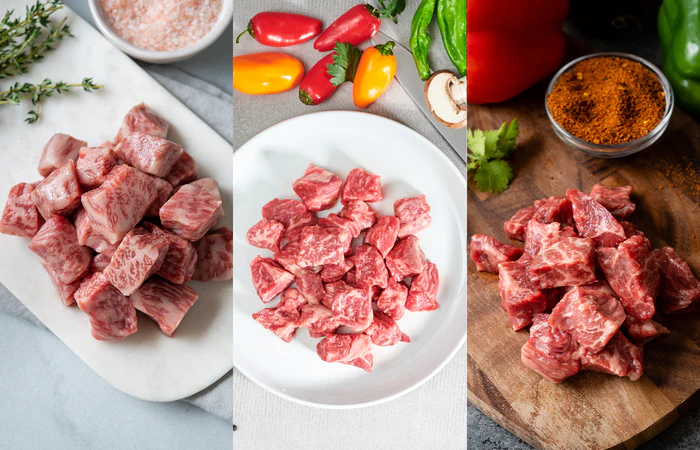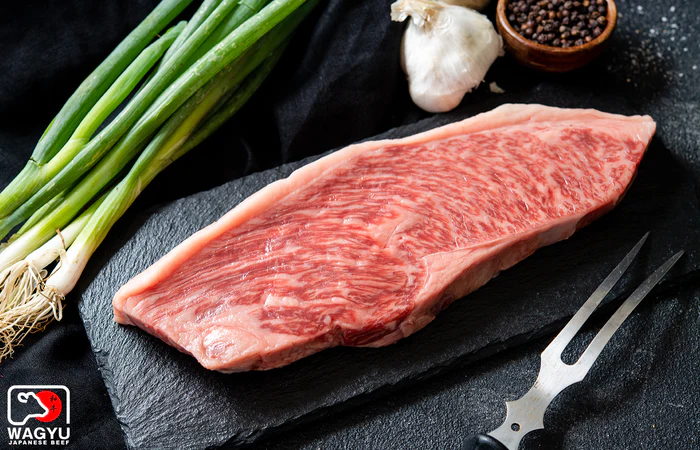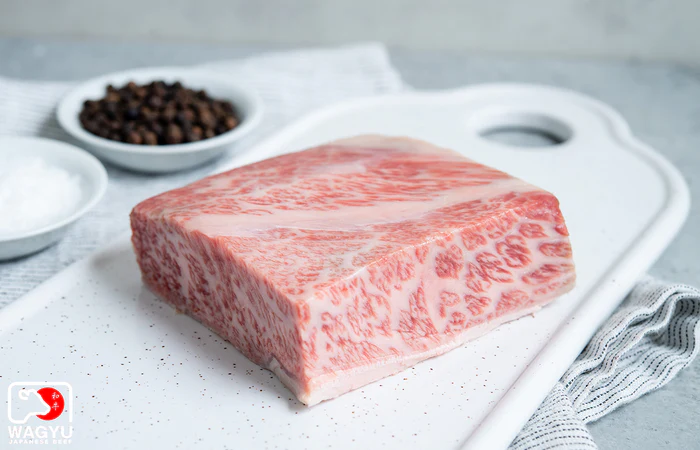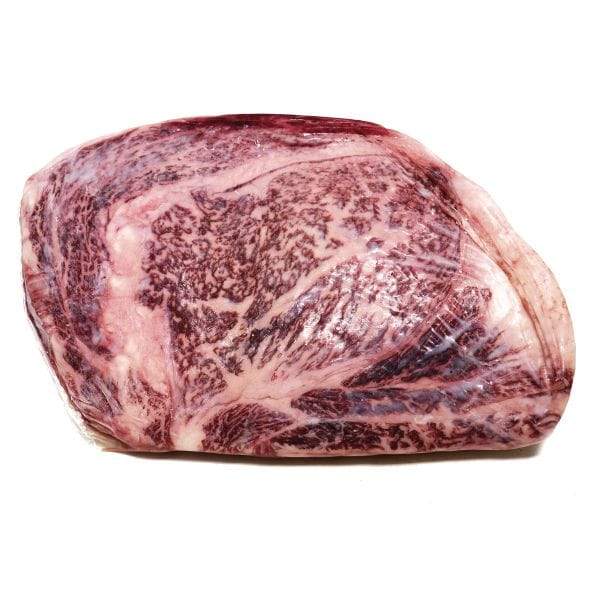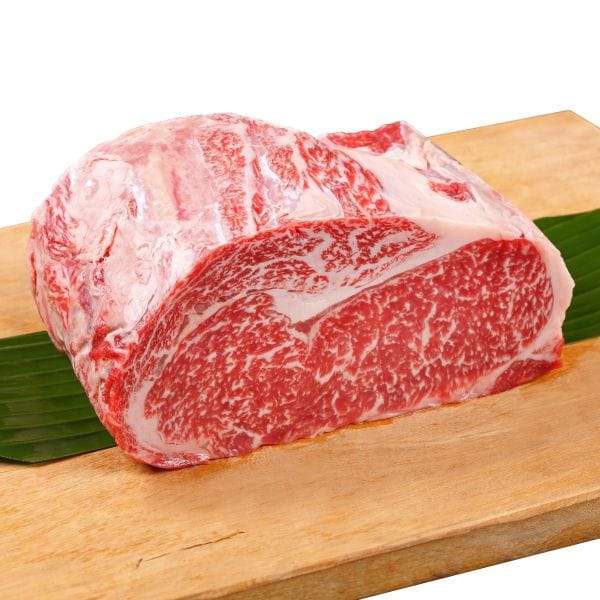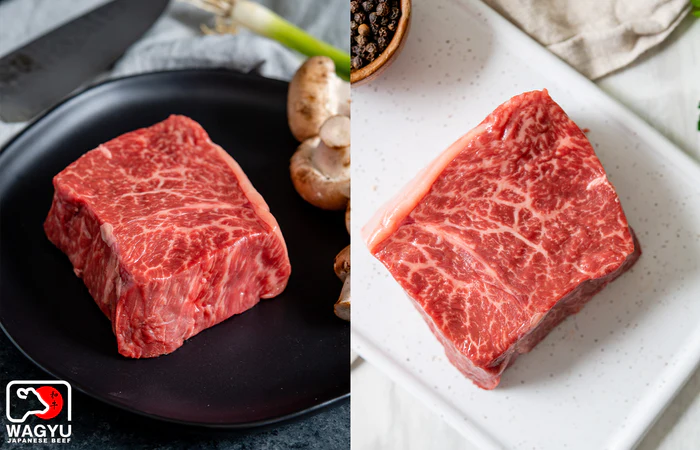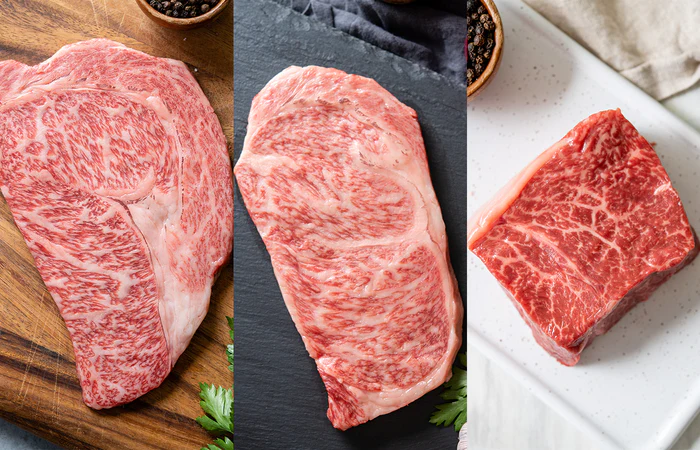Kobe Beef: Why is Kobe Beef so Expensive
Kobe beef, a name that resonates with luxury and culinary excellence, has long captivated food enthusiasts around the globe. This esteemed beef variety, hailing from Japan, is synonymous with unmatched quality and taste. Its reputation as a gourmet delicacy stems not only from its exceptional flavor and texture but also from the rich history and meticulous care behind its production. We delve into what makes Kobe beef so special and why is kobe beef so expensive, unraveling the mysteries behind this culinary treasure.
Miyazakigyu | A5 Wagyu Beef Whole Boneless Ribeye
Pure Wagyu Ribeye Halves BMS 8-9
Hokkaido Wagyu | A5 Wagyu Beef Steak Cubes-Premium Loin (2 pkgs)
Wagyu Butcher’s Selection Package
Miyazakigyu | A5 Wagyu Beef Whole Boneless Striploin
Japanese Wagyu Beef A5 Striploin
Definition and Origin
Kobe beef is a specific type of Wagyu beef—a term that translates to “Japanese cow.” However, not all Wagyu is Kobe. True Kobe beef comes from the Tajima strain of Japanese Black cattle, raised exclusively in Japan’s Hyōgo Prefecture. Much like Champagne in France, “Kobe” is a protected geographical designation and must meet strict criteria from breeding through to processing.
This beef is revered for its exceptional marbling and melt-in-your-mouth texture. Its origins date back to the 19th century when Tajima cattle, initially used in agriculture, were recognized for their superior meat quality.
The Unique Breeding Process of Tajima Cattle
The exclusivity of Kobe beef begins with the careful breeding of Tajima cattle. These animals are raised under strict conditions set by the Kobe Beef Marketing and Distribution Promotion Association. From birth to processing, every stage occurs within Hyōgo Prefecture.
The cattle’s diet includes a special blend of grains, and in some cases, sake or beer is added to stimulate appetite and improve marbling. The animals are kept in stress-free environments, often receiving massages to help distribute fat evenly. These attentive practices directly influence the beef’s signature tenderness and flavor.
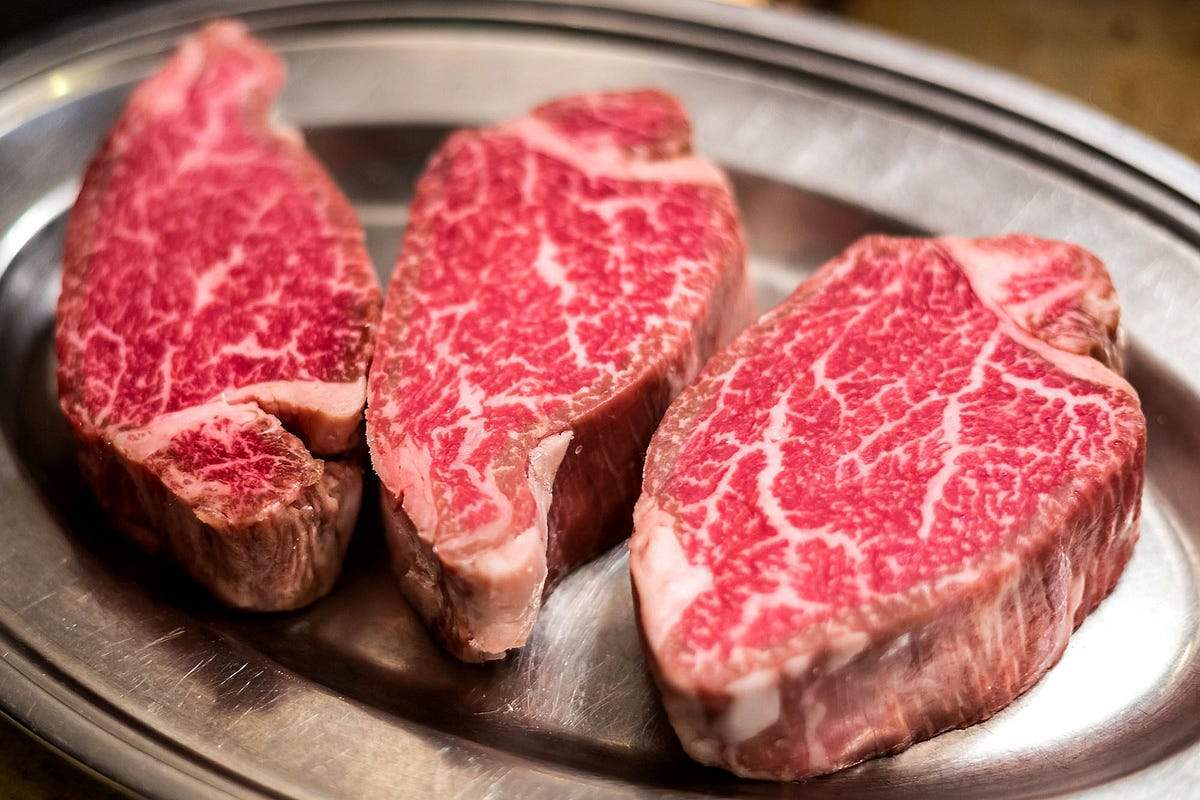
What Sets Kobe Beef Apart
The hallmark of Kobe beef is its intense marbling—fine white streaks of fat that run through the muscle tissue. Unlike ordinary fat, Kobe beef fat melts at a lower temperature, resulting in a rich, buttery flavor and an incredibly tender, almost creamy texture.
This marbling not only enhances taste but also distinguishes Kobe beef from other premium meats, offering a luxurious mouthfeel that has become a benchmark in the fine dining world.
How Is Kobe Beef Graded?
To earn the Kobe beef label, the meat must pass rigorous quality assessments overseen by the Japanese Meat Grading Association. It’s graded based on:
Marbling (Beef Marbling Score or BMS): Ranges from 1 to 12
Meat quality and color
Fat quality and texture
Only cuts scoring Grade A or B for yield and Grade 4 or 5 for quality can be certified as Kobe beef. This strict grading ensures that only the finest cuts make it to market.
Diet and Lifestyle: How Kobe Cattle Are Raised
Kobe cattle are raised on small farms in Hyōgo, where they enjoy ample space, clean surroundings, and low-stress conditions. Farmers feed them a carefully controlled diet of grains, rice straw, hay, and clean water.
In some cases, cattle are given beer or sake to stimulate appetite, and even massaged to maintain their famously even fat distribution. This high level of care not only contributes to the beef’s taste and texture but also reflects a deep respect for animal welfare.
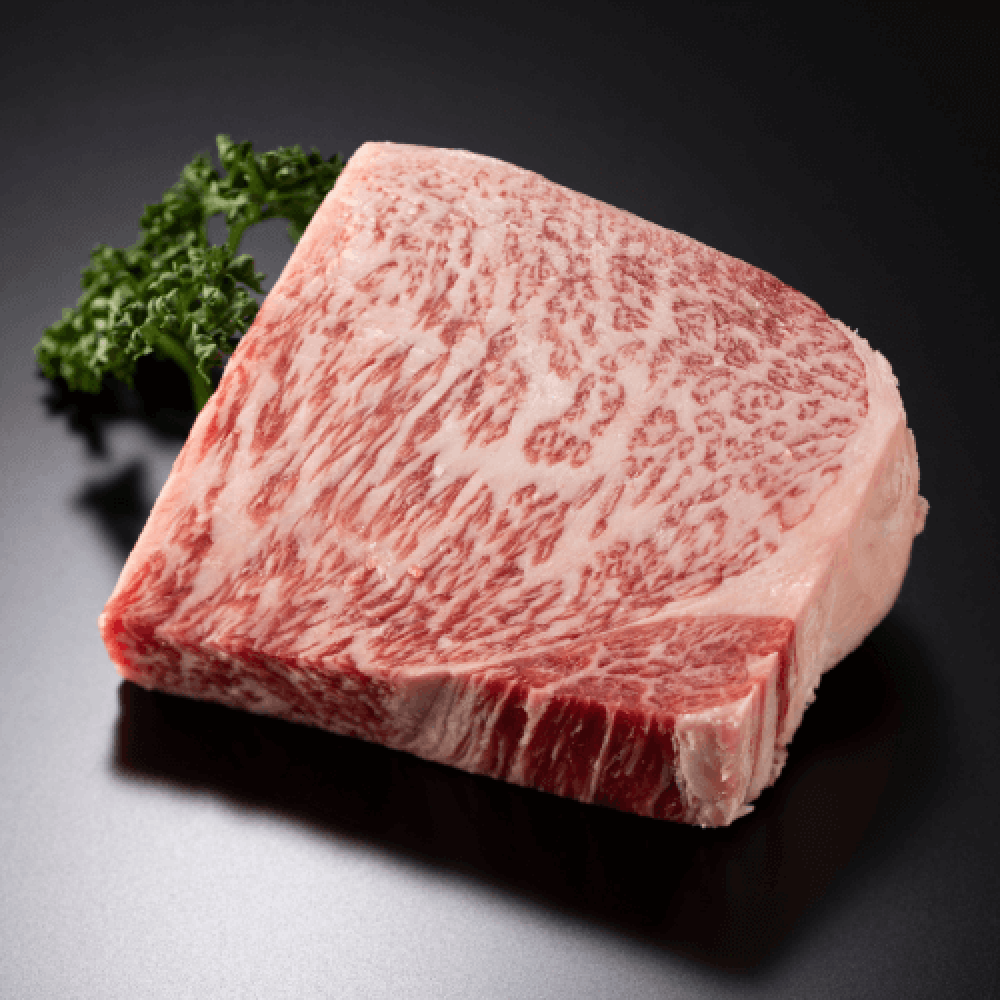
Kobe Beef vs. Other Wagyu: Key Differences
While Kobe beef is a type of Wagyu, not all Wagyu is Kobe. Wagyu refers to any of the four Japanese breeds of beef cattle, including:
Japanese Black (most common)
Japanese Brown
Japanese Shorthorn
Japanese Polled
Kobe beef comes exclusively from the Tajima strain of Japanese Black cattle, and only from animals raised and processed in Hyōgo. Other renowned Wagyu varieties include Matsusaka, Omi, and Hida beef—each with its own flavor profile and regional reputation. Kobe’s edge lies in its strict certification, pedigree, and unmatched marbling.
Why is Kobe Beef so Expensive?
Several factors contribute to the high price of Kobe beef:
Limited supply due to strict breeding regulations
Labor-intensive, time-consuming farming
Stringent grading standards
Global demand for luxury cuisine
Every aspect—from the bloodline of the cattle to the diet and stress levels—is managed with precision, which translates into higher production costs. Combined with international prestige and limited availability, it’s no surprise that Kobe beef ranks among the most expensive meats in the world.
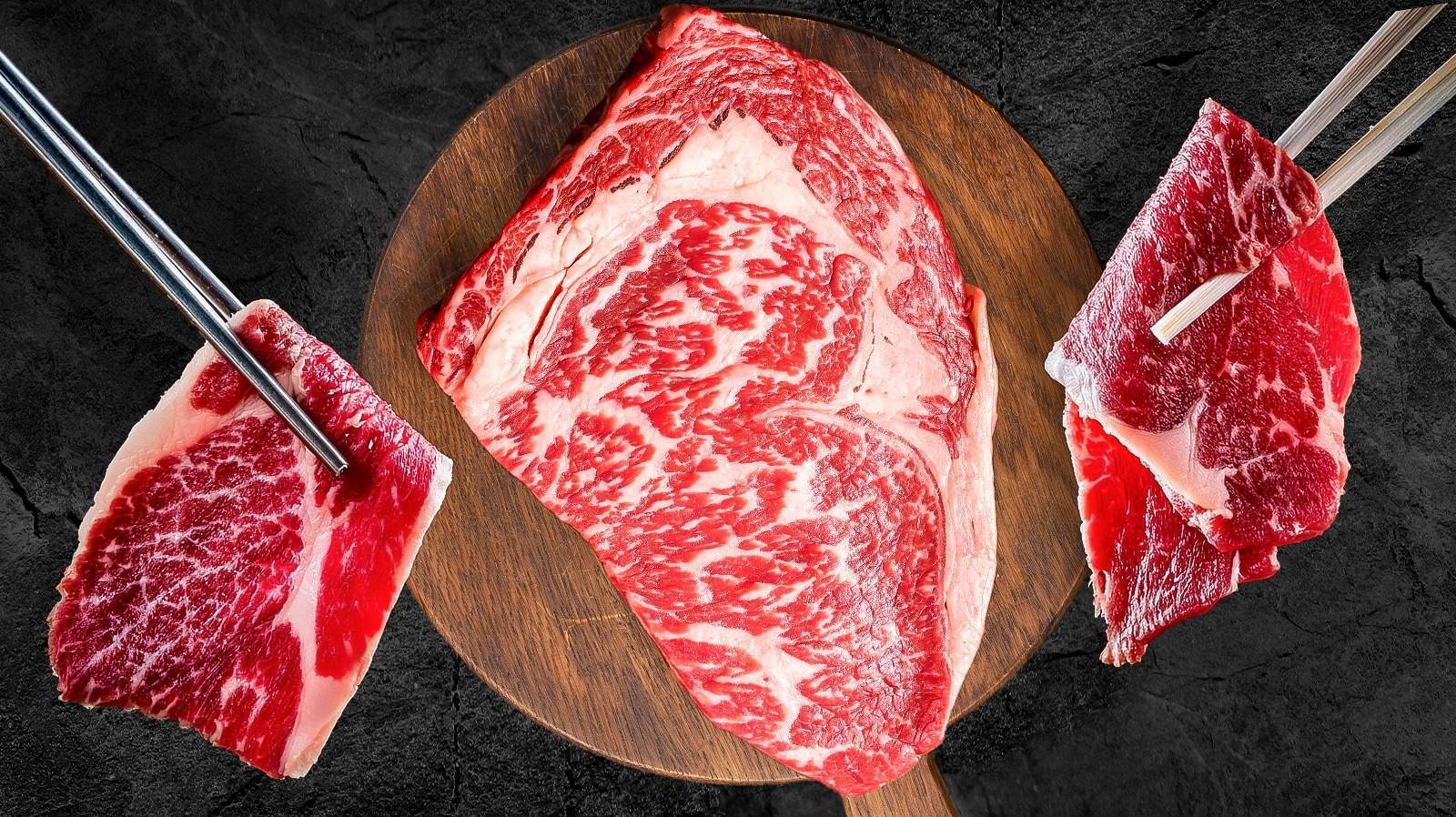
Where and How to Enjoy It
To truly appreciate Kobe beef, it’s best enjoyed at high-end Japanese restaurants or specialty steakhouses that are certified to serve authentic Kobe. It’s commonly prepared as:
Steaks
Teppanyaki
Sukiyaki or Shabu-Shabu
Sushi or Sashimi
When dining out, always ask for proof of authenticity—genuine Kobe beef comes with a certificate and a unique 10-digit ID number. If preparing it at home, keep seasonings minimal to let the beef’s natural flavor shine. A quick sear on high heat, served medium-rare, is often the ideal approach.
Kobe Beef Q&A
Q: What exactly is Kobe beef?
A: Kobe beef is premium Wagyu from the Tajima strain of Japanese Black cattle, raised in Hyōgo Prefecture. It’s known for its rich flavor, tenderness, and intense marbling.
Q: Why is Kobe beef so expensive?
A: Limited supply, meticulous care, strict grading, and global demand all drive up the cost of Kobe beef.
Q: How can you tell if Kobe beef is authentic?
A: Authentic Kobe beef is accompanied by a certificate and a 10-digit ID number that traces back to the individual cow. It must be processed in authorized slaughterhouses in Hyōgo.
Q: What’s the best way to cook Kobe beef?
A: Keep it simple—grilling or searing over high heat, served medium-rare. Avoid over-seasoning to preserve the natural flavor.
Q: Can Kobe beef be found outside Japan?
A: Yes, but it’s rare and expensive. Always verify the authenticity through documentation before purchase or consumption.
 Email: crab@shakingcrabquincy.com
Email: crab@shakingcrabquincy.com 